Discover how birds’ beaks help them find food and survive in the wild with a hands-on Bird Beak Adaptation Lab.
How Can a Bird’s Beak Help It Survive? Let’s Find Out!
While it doesn’t seem like the shape of a bird’s beak is that important, we all know that it is one of the most critical tools in the survival of a bird species. Bird beaks are highly specialized for the types of food a bird consumes. For example:
- Insectivorous birds often have slender, pointed beaks for capturing insects.
- Seed-eating birds typically have thick, conical beaks for cracking open seeds.
- Like hummingbirds, birds that feed on nectar have long, slender, and specialized beaks for reaching into flowers.
- Carnivorous birds of prey have strong, hooked beaks for tearing flesh.
This year, help your students understand more about bird adaptations and the importance of these specialized adaptations by trying one of our hands-on (or beaks-on) science experiments!
Discover Bird Beak Adaptations with a Bird Beak Lab!
This printable bird beak lab activity gives your students the structure and guidance they need to complete a classroom bird beak lab activity and discover how different beak shapes help or hinder birds from gathering food.
To set up the bird beak lab, you will need to
- Set up four “food source” stations.
- Place 20+ candy gummies on a paper plate and label them “insects”.
- Place 20+ rice grains on a paper plate and label them “seeds”.
- Place 20+ marshmallows on a paper plate and label them “rodents”.
- Place 20+ pieces of pasta on a paper plate and label them as “fish”.
You will need to provide each student or group of students with
- A paper plate to use as a “stomach” and 5 “beaks” (listed below)
- Binder clips to act as tiny, grasping beak
- Tweezers to act as generalist beak
- Forks to act as sharp, strong beak
- Slotted spoons to act as filtering beak
- Plastic straws to act as a straw-like beak
Students will
- Rotate through the food source stations with their beaks.
- They will use their beaks to pick up as much food as possible in 60 seconds, placing food into the “stomach” paper plates.
- Students will use the data sheets to record the number of food picked up and make generalizations about which bird beaks provide the best opportunity for survival based on the food types available.
Once all the stations have been completed, ask students to share their results and discuss which beaks worked best for each food source.
Download and Explore the Different Bird Beak Types Today!
This resource is available as an easy-to-use Google Slides or Printable PDF Resource file. To get your copy, click the dropdown arrow on the download button to select your preferred file format. Make your copies, prepare your students, and you’re ready to begin!
This resource was created by Lindsey Phillips, a teacher in Michigan and Teach Starter collaborator.
More Ways to Teach About Bird Adaptations
Before you go, take advantage of even more resources to teach your students more about birds and their incredible adaptations! Explore our related resources to enhance your teaching toolkit.

teaching resource
Types of Bird Feet and Bird Beaks - Adaptations Lesson Slides
Take a look at the types of bird beaks and feet that help our flying friends survive in different environments.

teaching resource
What Animals Migrate? Teaching Slide Deck
Discover why animals migrate and which ones make the longest journeys with an interactive teaching slide deck.
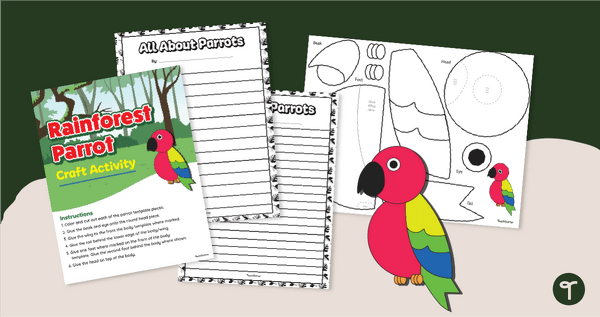
teaching resource
Rainforest Bird Craft & Writing Template
Pair a fun bird craft and informational writing to create a fun jungle-themed bulletin board.
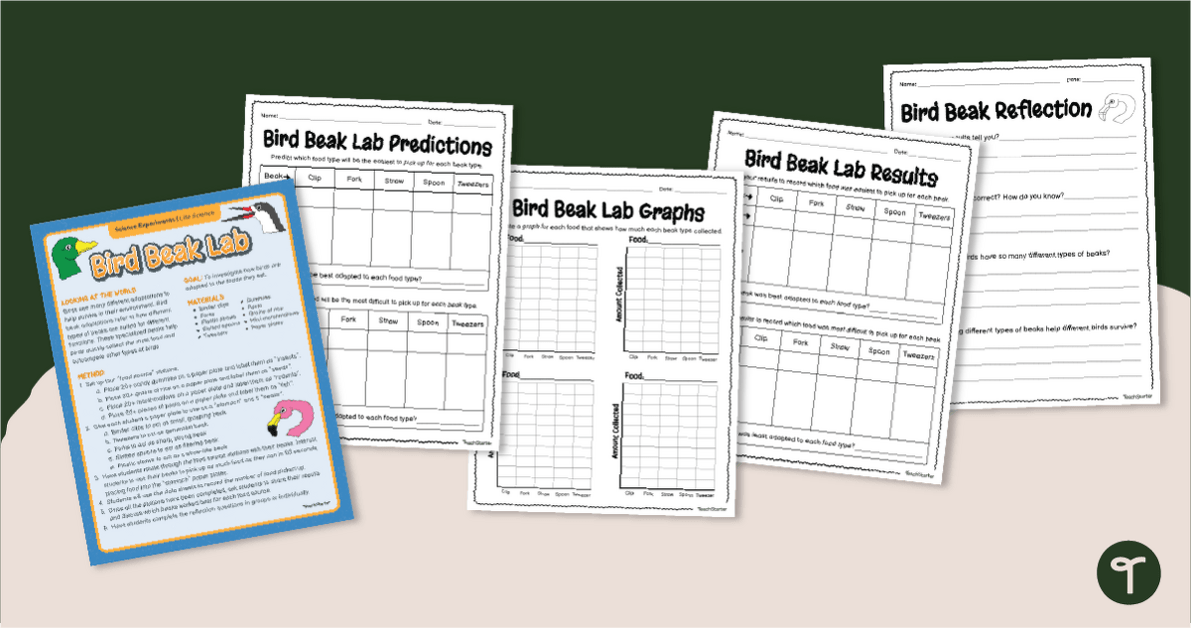

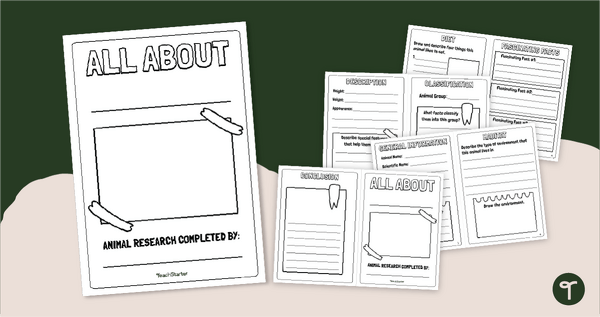
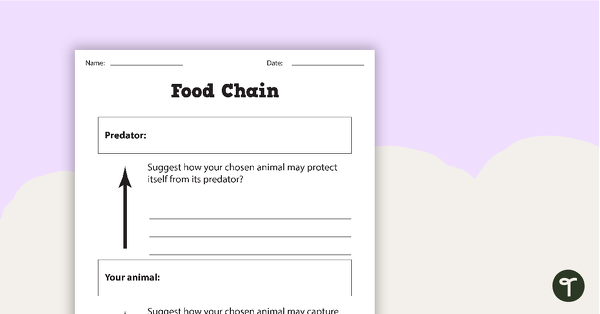
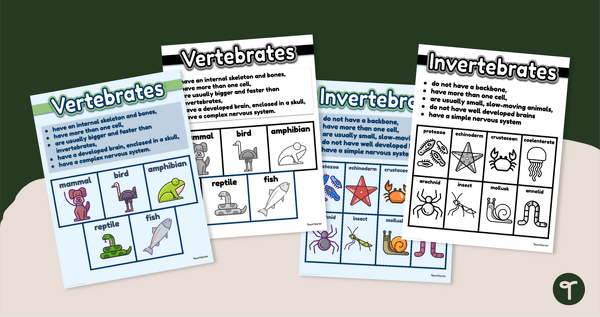
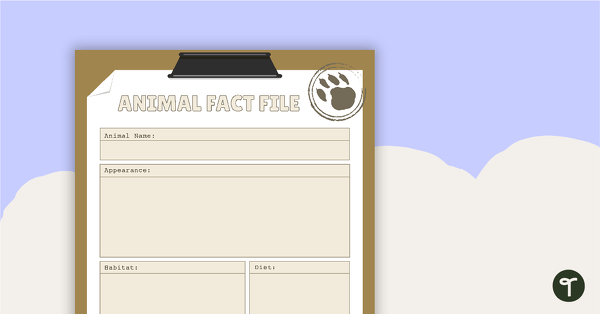
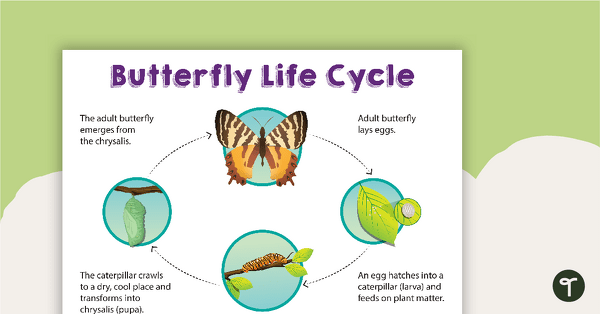
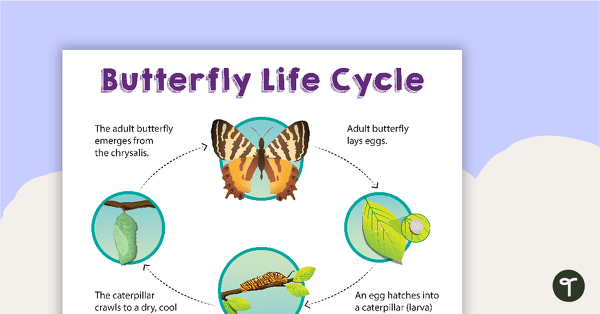
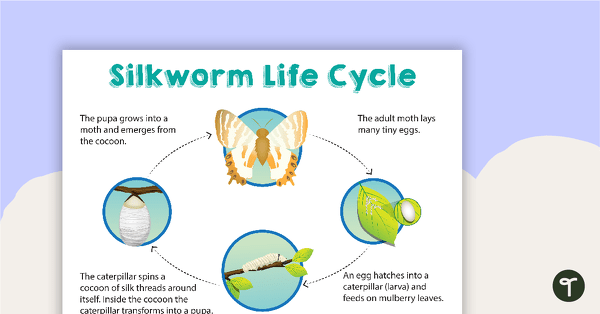
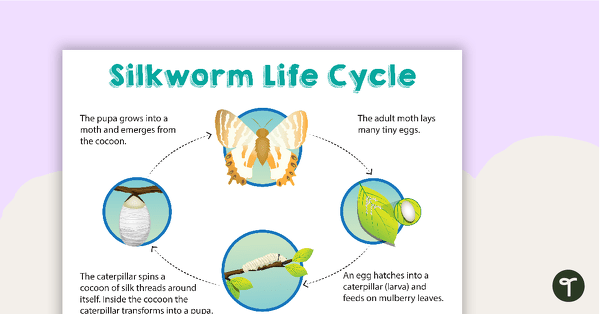
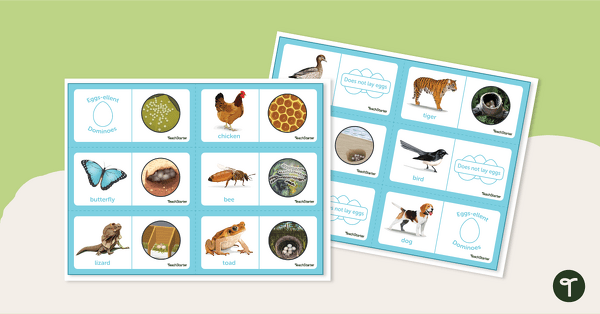
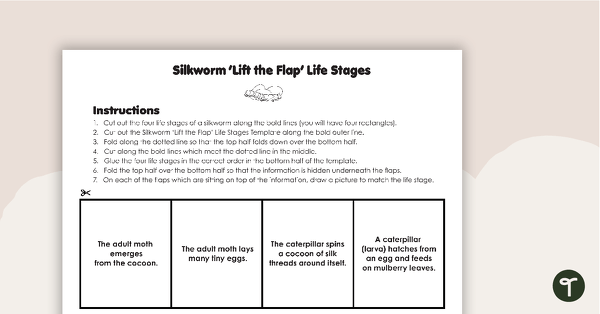
0 Comments
Write a review to help other teachers and parents like yourself. If you'd like to request a change to this resource, or report an error, select the corresponding tab above.